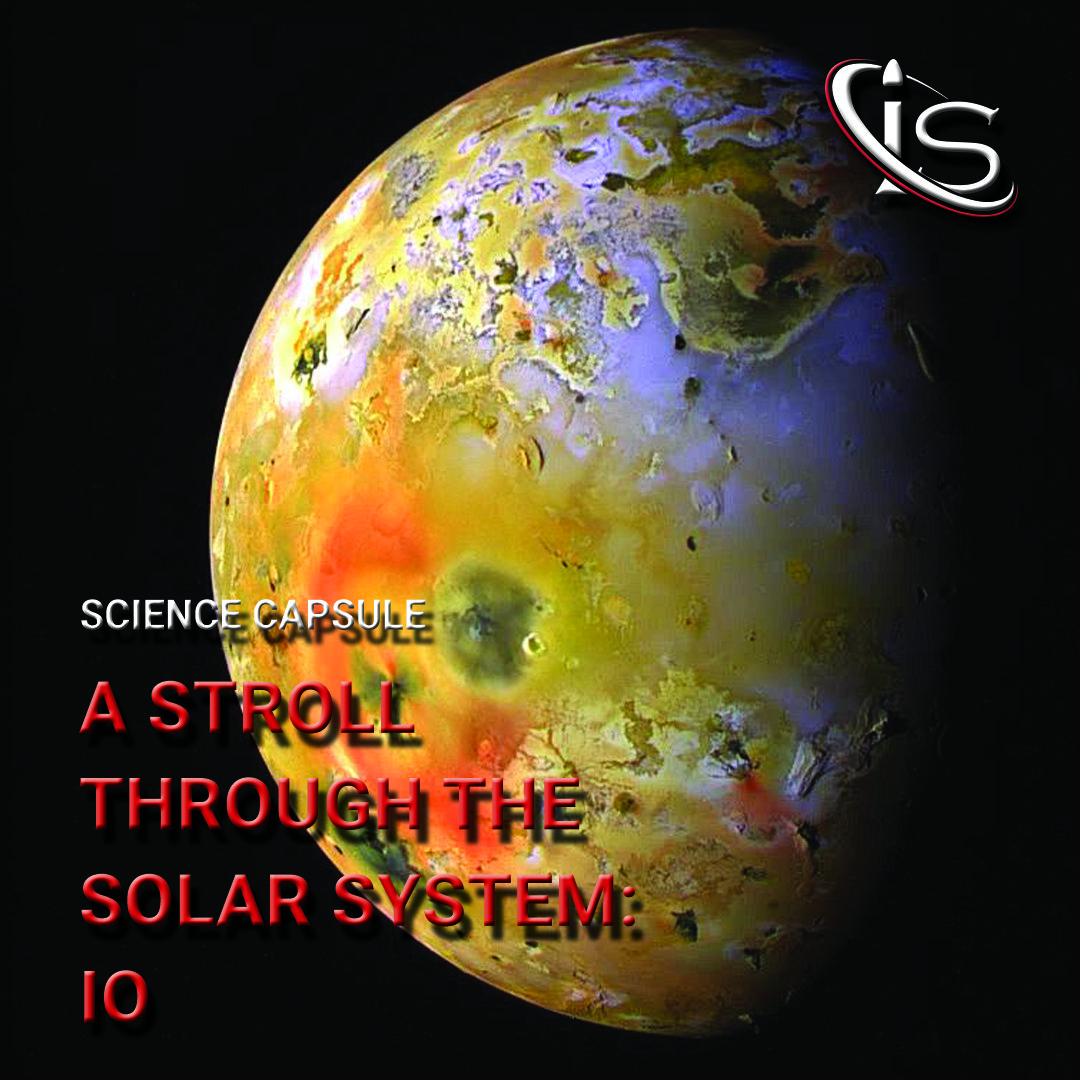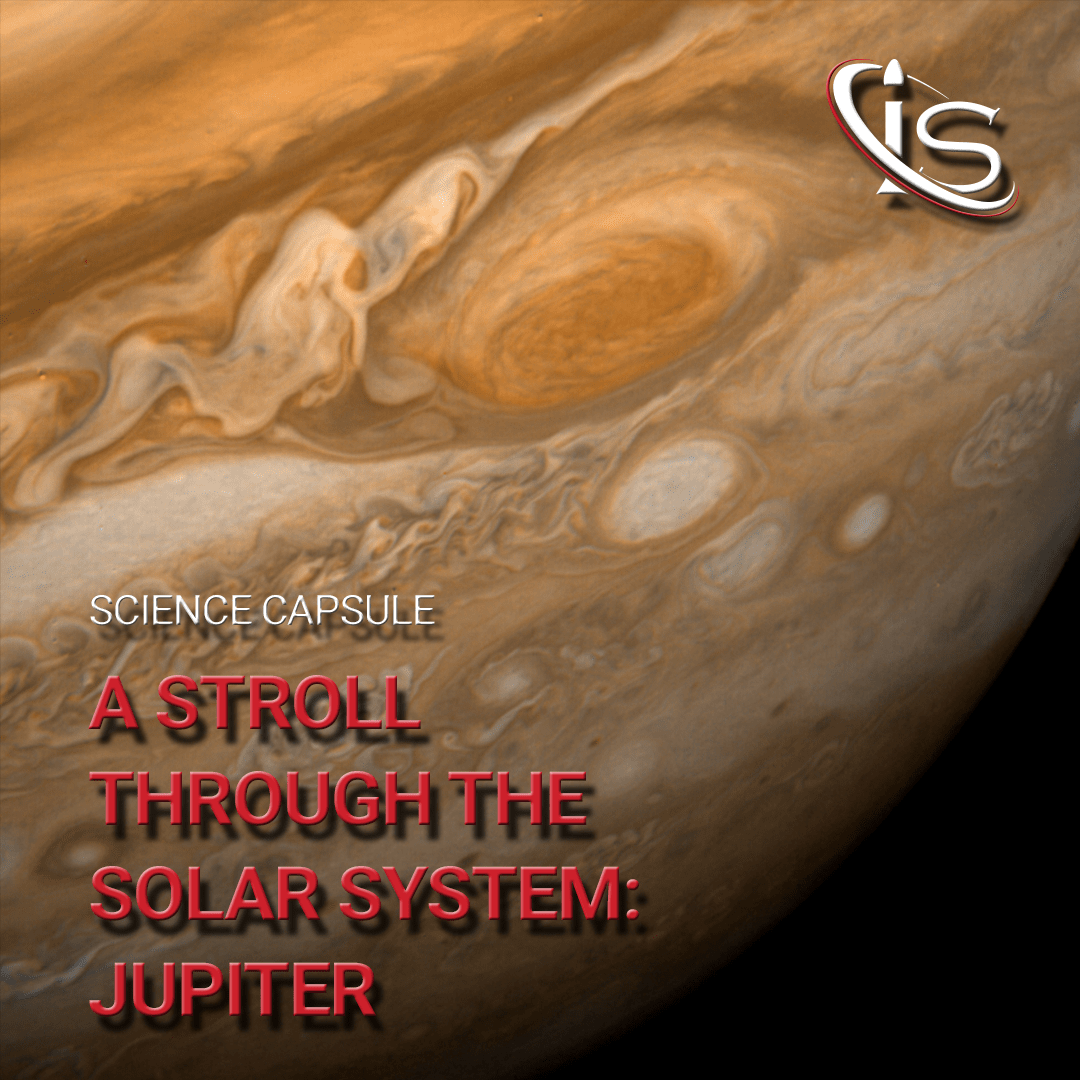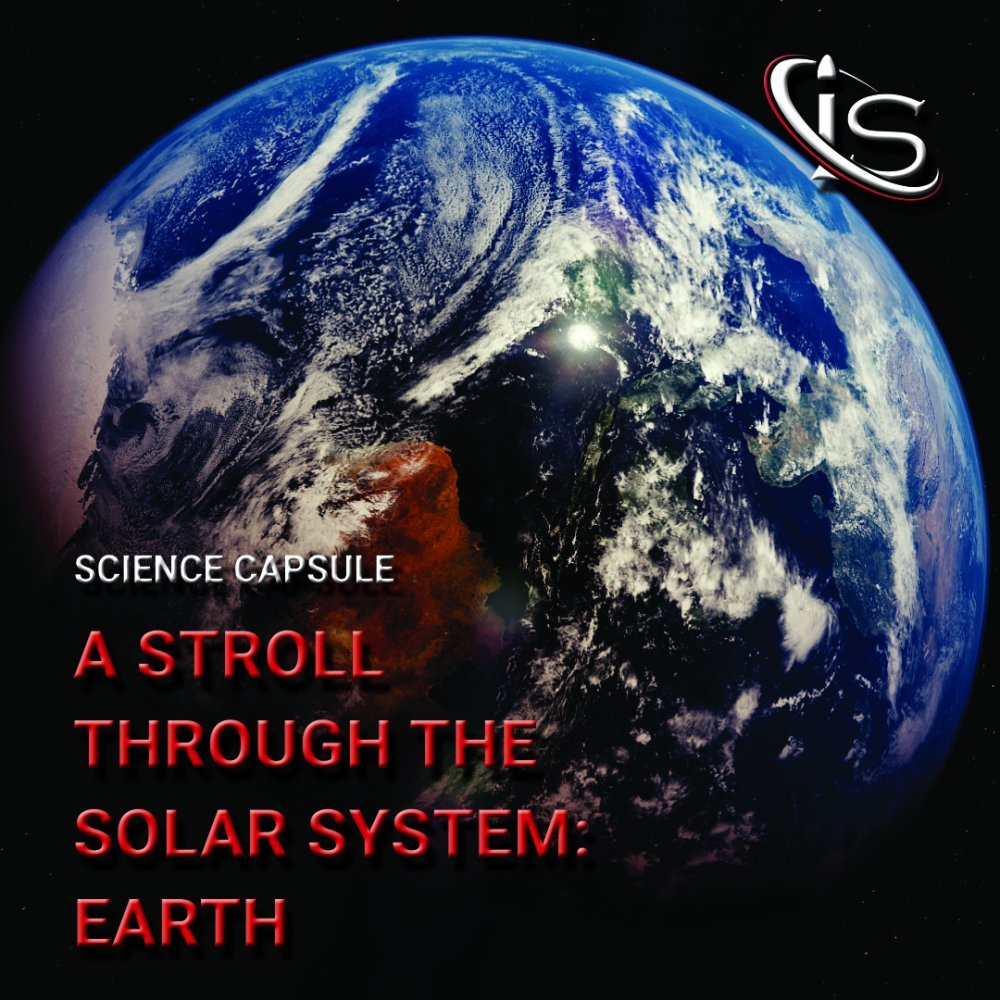Welcome back to another capsule on some of the most awe-inspiring pictures taken by satellites. After doing the “Top 5 Satellite Photos of All Time”, we are back with more spectacular images for you to take a gander at. If this topic is of interest to you, please let us know in the comments, and we will look at even more pictures in the future. But for now, let’s take a look at some of the best that our Solar System has to offer.
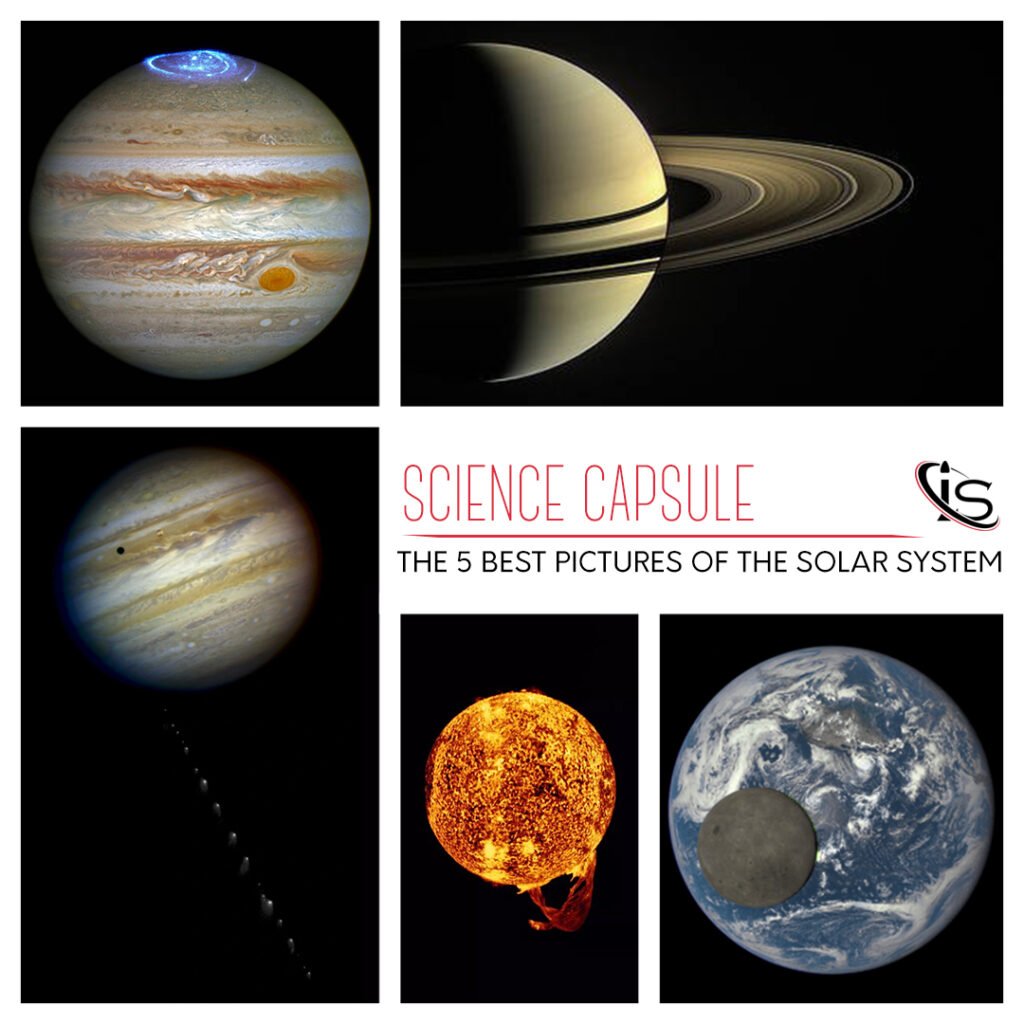
Jupiter’s Aurorae
To start us off, we have the largest planet in our Solar System, Jupiter. The picture in question is focused on one of the gas giant’s most interesting phenomena, its aurorae. And it was taken by perhaps the most famous telescope of all time, Hubble.
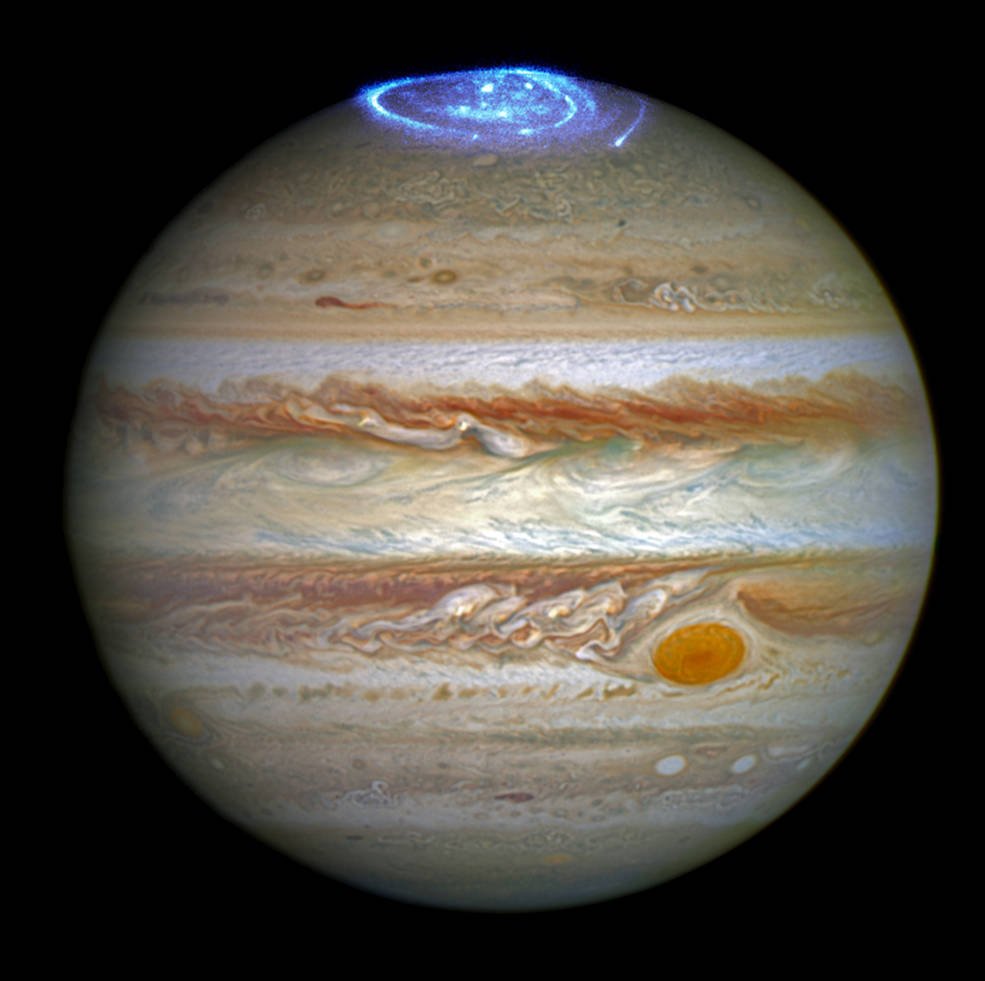
There are a couple of interesting topics to touch on when it comes to this photo. The first is how the picture was taken. You see, in order to clearly capture these aurorae, Hubble made full use of its ultraviolet technology. After all, that is one of this telescope’s most prominent features, much in the same way as infrared detection is for the James Webb telescope. I will not go into more details on this topic here. However, for anyone curious, we have a Hubble vs James Webb capsule that delves into each machine’s key characteristics.
The second topic I would like to touch on, is the aurora itself. This is a phenomenon that actually occurs here on Earth, as well. Although, not quite in the same way and definitely not in the same scale. These spectacular light shows are created when high-energy particles enter the atmosphere near a planet’s magnetic poles. Their subsequent collision with atoms of gas is what produces the effects that we are seeing here. And given Jupiter’s massive size and magnetosphere, this phenomenon is accentuated all the more on the gas giant.
The Dark Side of the Moon
Up next, we have a picture of the Earth and Moon. Would be pretty standard, if not for two key details. The picture shows the far side of the Moon — commonly referred to as the dark side of the Moon — and is taken a million miles away from Earth. And, just this once, I will use miles as the main unit of measurement. Simply because 1.6 million kilometers away does not have the same ring to it.
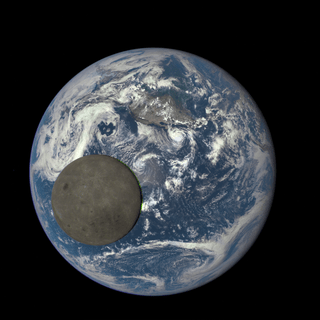
Yes, this photo was snapped way beyond our satellite’s orbit. After all, this is the only way to be able to fully capture both it and our planet. The photo was taken by the DSCOVR satellite in 2015. And, as I briefly alluded to before, it has one very noteworthy trait — other than the distance. That is, it shows off the side of the Moon that we cannot normally observe here on Earth. And it provides a good representation of how relatively large our Moon is for a satellite compared to its host planet.
Also, for anyone wondering, while 1 million miles sounds like a lot (and it is), that is still barely 1/100 of the distance from the Earth to the Sun. And speaking of our star…
Solar Flare
One of the most interesting phenomena that can be observed happening on our star is a solar flare. And while this is by no means a rare occurrence, the one picture here is still a sight to behold.
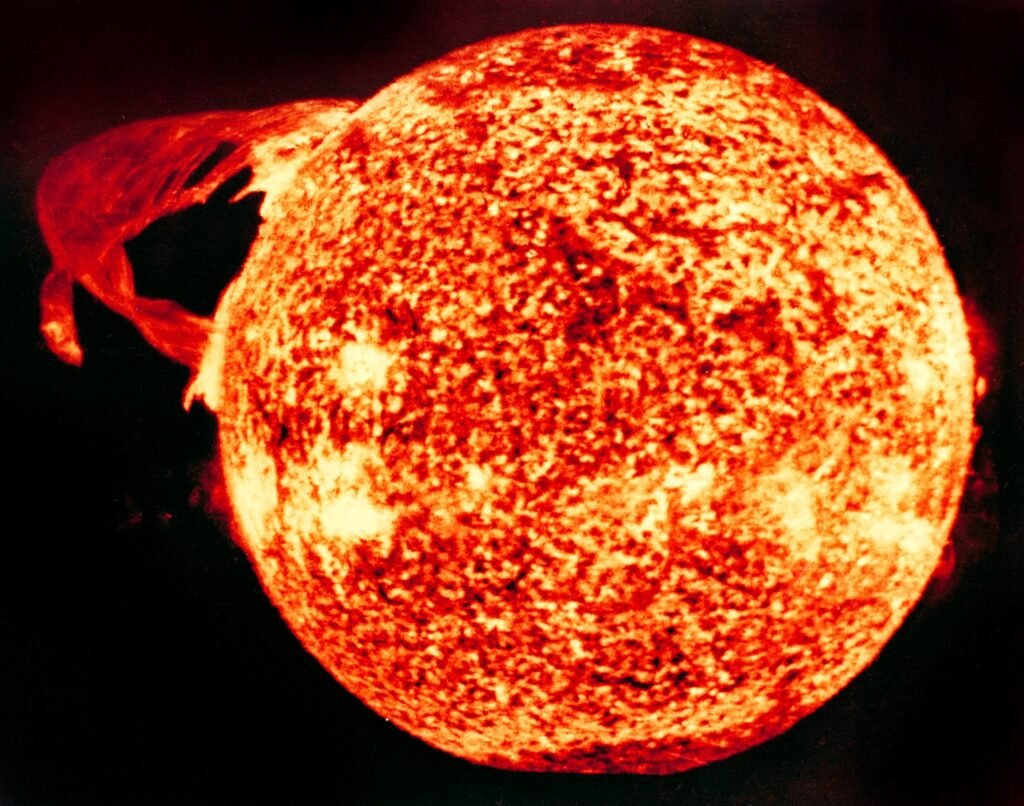
Taken by Skylab’s final mission in 1973, this picture of the Sun shows off one of the largest solar flares ever recorded. Its size? 588,000 km. Or 365,000 mi for all the imperial system aficionados. To put this in perspective, Earth’s radius is 6371 km. In other words, approximately 46 Earths could be lined up inside the arch of this flare. That is just astounding. And while this was larger than usual, it is not even the biggest solar flare ever. That honor goes to what is known as the Carrington Event, in 1859. The solar flare then was so massive that is caused the aurorae here on Earth — also known as the Northern Lights — to reach areas like Hawaii, Columbia, and Cuba. That is hard to even fully grasp, as — like we said before — aurorae are usually only seen near the poles.
I could go on about this very interesting event, but that would take the focus too far from today’s topic. But, if you are interested let us know, and we will make a capsule on noteworthy past events that involve space.
The Shoemaker-Levy Comet
We go back to Jupiter for this entry but with a completely different event as the focus. In 1994, the Shoemaker-Levy Comet impacted the gas giant. However, the circumstances behind it were quite unique.
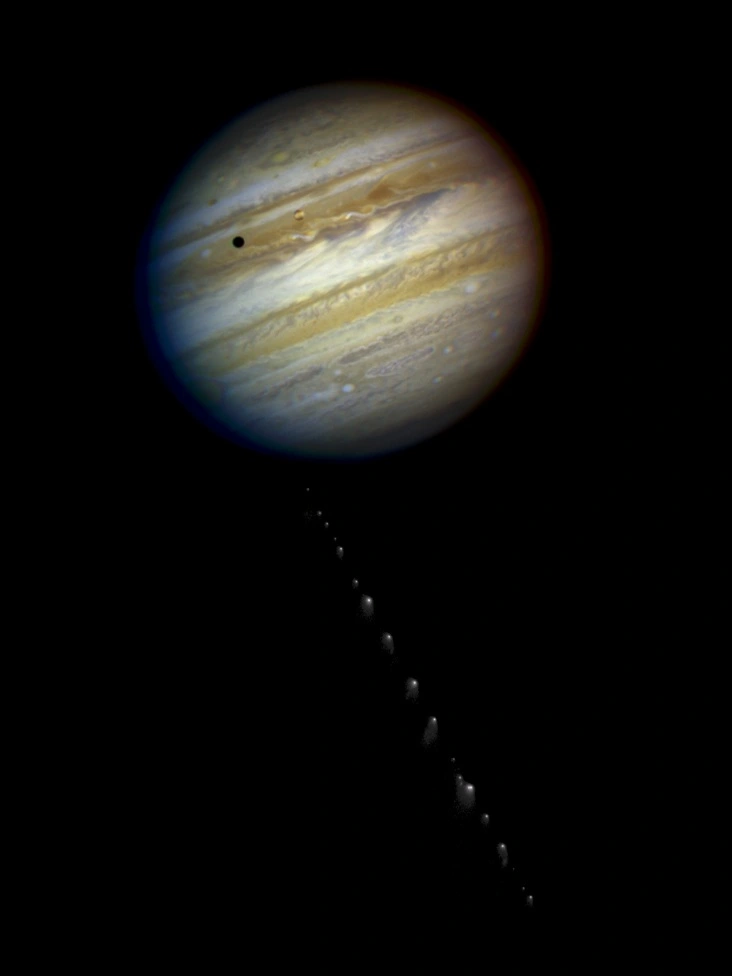
The comet had actually been discovered orbiting this planet the year prior, in 1993. Furthermore, studies revealed that it had first made a close approach to Jupiter in July of 1992, at which point the tidal forces from the planet’s strong gravitational field ripped it in 20 pieces. And going even further back than that, this comet was supposedly orbiting the gas giant for a decade prior.
This, already, made it a very interesting case study, but the fact that it was going to impact the planet rendered it even more unique. And this impact was not a quick event by any means. In fact, while the 20 pieces started hitting Jupiter on July 16th, 1994, it was not until July 22nd of that same year that these collisions ceased.
A Close-Up of Saturn
To end today’s capsule, we have a beautiful shot of the second largest planet in the Solar System, Saturn. This was taken from the Cassini capsule while it was orbiting the planet. The spacecraft was part of a joint mission between the ESA and NASA and arrived at Saturn in July 2004.
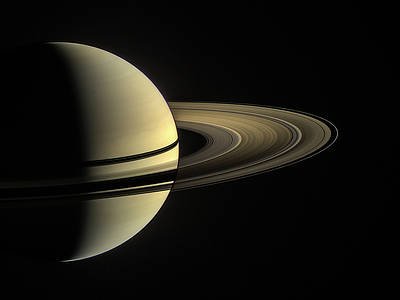
Now, there are a lot of beautiful pictures to look at from this mission. However, I had to narrow it down to one, which is the image you are currently seeing. The contrast of half the planet being shadowed with the other half being crystal clear — including the rings — was just too stunning to pass up. At least in my opinion. But, if any of you are curious about the rest of the pictures, you can check out this link to NASA’s Cassini gallery.
And that will do it for us today. I hope you enjoyed looking at some beautiful satellite images — and what they show us. Next week is going to be a technical capsule, so I hope you will join me in looking into what my colleague Giulia has in store for us. “See you” all then, right here, at impulso.space.
